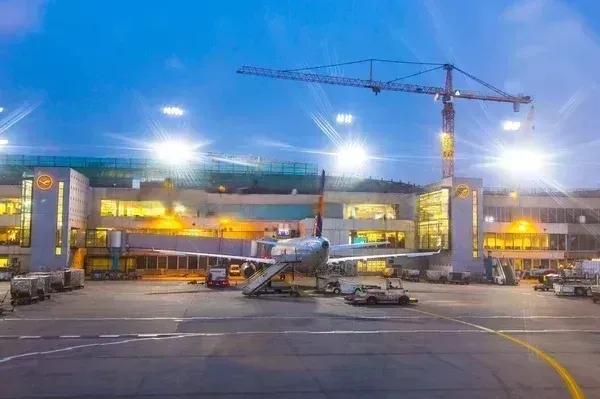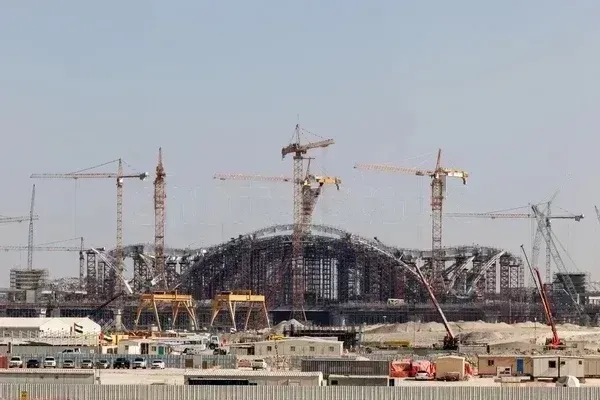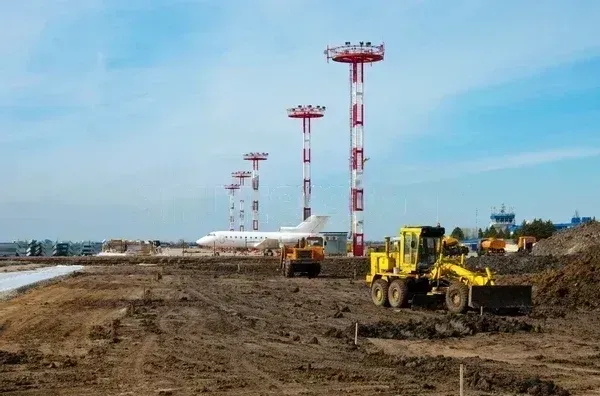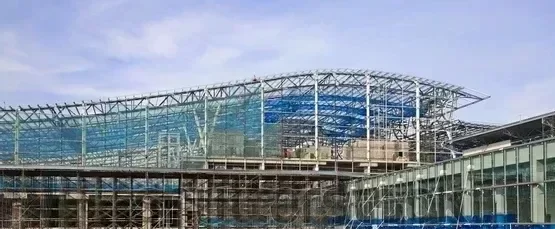airports
The necessities for airports have grown in complexity and scale since the earliest long periods of flying. The most significant airports on the planet employ more than 100,000 workers each. These are incredibly complicated elements in light of the services they offer, the associations that operate within their boundaries, and the services related to their activity.
A site for an airport, or whether a current location can be extended to accommodate another significant airport, is a difficult choice. Equilibrium should be achieved between aeronautical and air-transport requirements and the effect of the airport on its current circumstances.
The site-choice cycle for huge airports can require many months; in a few prominent cases it has reached out over numerous years. The strategy is convoluted by the number of factors that should be considered. Firstly, the functional capacity of the site is inspected, including atmospheric conditions like wind, snow, ice, mist, and low visibility, as well as air routes around the airport, particularly take-off and approach routes. The area of the facility according to air-traffic-controlled airspace is also functionally significant.
It is clear even to the most casual observer that there is enormous variety in the appearance and design of airport facilities. Basic airports intended to oblige light airplanes are comparative, yet, as airports become busier and more mind-boggling, thereby obliging more travelers and cargo, their singular prerequisites influence their designs and guarantee that each turns out to be conspicuously unique.
The functional limitations of an airport are normally characterized as the greatest number of airplane arrivals and not set in stone by the number of runways that are accessible for use at any one time. By far most airports all over the world have the least complex format, a single runway. Where crosswinds would be high for an unsatisfactory extent of functional time, a two-runway design is fundamental, for the most part as a primary runway and a helper crosswind runway.





